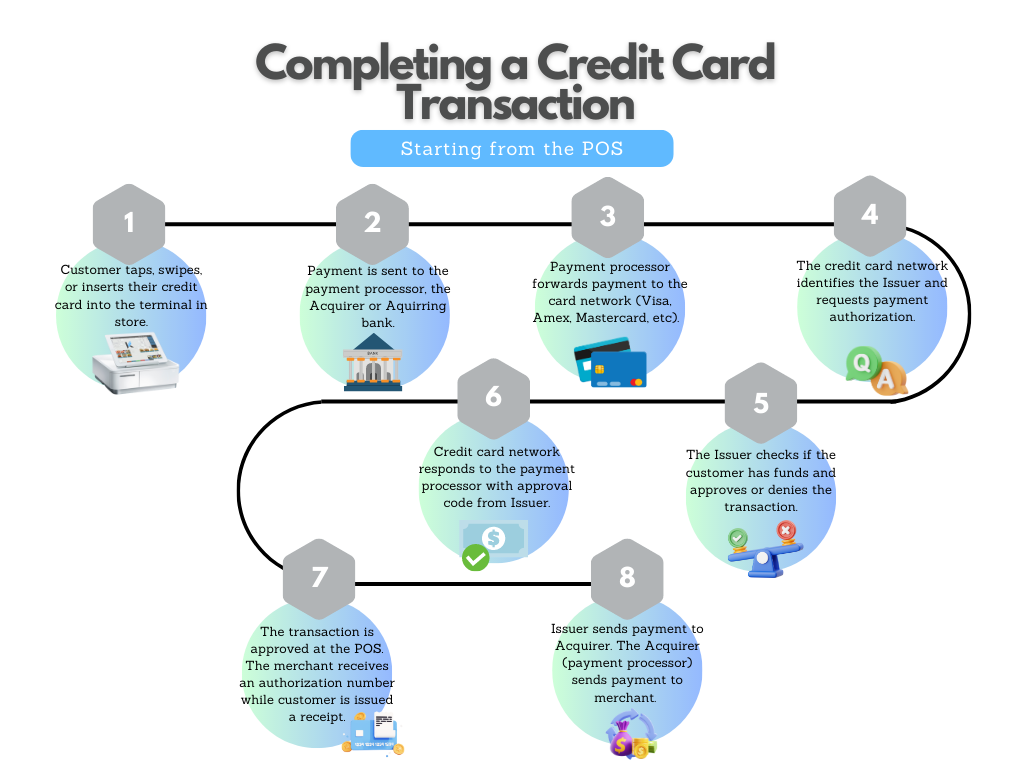For years, the digital landscape for creators, especially those venturing into “Not Safe For Work” (NSFW) content, was governed by an unspoken, yet iron-clad, rule from payment systems: remove it or face financial exile. This binary approach—either wholly acceptable or entirely unprocessable—created a perilous environment for a significant segment of the creator economy. Creators found themselves caught between fostering unique communities and the looming threat of de-platforming, all due to the stringent, often blunt, policies of the financial infrastructure that enabled their livelihoods.
The Genesis of Strictures
In the nascent days of online commerce, payment processors, wary of reputational damage and regulatory scrutiny, adopted a zero-tolerance policy towards anything deemed explicit. This often meant a wide net, catching not just illicit content but also legitimate artistic expressions or consensual adult entertainment. The logic was simple: better safe than sorry, even if “sorry” meant cutting off thousands of creators from their income streams. This era was characterized by abrupt account terminations and a general air of ambiguity regarding what precisely crossed the line. The consequences were clear: without payment processing, online businesses, regardless of their content, simply ceased to exist.
A Subtle Tremor in the Foundation
However, the digital economy is a living entity, constantly evolving. The sheer volume and diversity of online content, coupled with the undeniable growth of the creator economy, have begun to challenge these long-held orthodoxies. A quiet shift is underway, prompted by both market demand and the increasing sophistication of content moderation technologies. Payment systems are subtly, yet perceptibly, re-evaluating their blanket prohibitions.
This isn`t to say a free-for-all is imminent. Far from it. Instead, what`s emerging is a complex, often bewildering, attempt to differentiate. The goal appears to be moving beyond simple “NSFW” labels to a more granular understanding, distinguishing between illegal content (which remains universally prohibited) and legal, consensual adult content. This newfound nuance, while welcomed by creators, introduces its own set of challenges.
The Lexical Labyrinth: “I Don`t Know How to Pronounce It”
One of the more telling signs of this transitional period is the struggle with terminology. Imagine a high-level meeting at a major payment processing firm, attempting to categorize the vast spectrum of content. The conversation might drift from “adult-oriented” to “creator-curated explicit material” to “content requiring age verification protocols.” It’s in these moments that the sheer awkwardness of language often surfaces, highlighting the corporate world`s attempt to grapple with a domain it previously shunned.
Indeed, the candid admission, “I myself don`t know how to pronounce it correctly,” encapsulates this struggle perfectly. It`s a testament to the fact that creating precise, universally understood classifications for a category of content that was once simply blacklisted is proving to be a linguistic and conceptual minefield. Is “it” a new compliance directive? A newly defined sub-category? Or simply the internal, perhaps slightly comical, name for the ever-expanding grey area they`re now forced to navigate? The irony is palpable: after years of demanding outright removal, the gatekeepers are now fumbling for the right words to describe the very content they once uniformly condemned.
Implications for the Digital Horizon
This evolving stance has profound implications. For creators, it could mean greater financial stability and a reduced risk of sudden de-platforming, provided they adhere to clearly defined, albeit still-developing, guidelines. For platforms, it necessitates investing heavily in robust age-verification and content moderation tools, becoming more active participants in the nuanced categorization process. For payment systems themselves, it represents a strategic pivot – acknowledging a lucrative market while attempting to mitigate risks and maintain their corporate image.
The journey from a blunt instrument to a fine-tuned scalpel in content policy is a long and arduous one. While the era of indiscriminate bans may be slowly receding, the path ahead is paved with definitional dilemmas, technological hurdles, and the ever-present need for clear, consistent communication. The digital economy, in its relentless march forward, demands adaptability, even from its most entrenched financial guardians. And sometimes, that adaptability starts with admitting you`re not quite sure how to pronounce the future.

